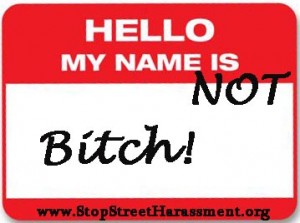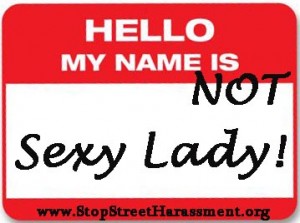1 in 5 women in the U.S. is a survivor of rape or attempted rape, according to the National Intimate Partner and Sexual Violence Survey, a 2010 study released yesterday by Centers for Disease Control and Prevention. The first of its kind, the CDC study reveals the US to be a country where violence is rampant, especially against women, and especially against young women.
“As many as 29 million women say they have suffered severe and frightening physical violence from a boyfriend, spouse or other intimate partner. That includes being choked, beaten, stabbed, shot, punched, slammed against something or hurt by hair-pulling.
That number grows to 36 million if slapping, pushing and shoving are counted.
Almost half of the women who reported rape or attempted rape said it happened when they were 17 or younger.
As many as 1 in 3 women have experienced rape, physical violence or stalking by an intimate partner in their lifetimes, compared to about 1 in 10 men.
Both men and women who had been menaced or attacked in these ways reported more health problems. Female victims, in particular, had significantly higher rates of irritable bowel syndrome, asthma, frequent headaches and difficulty sleeping.
Certain states seemed to have higher reports of sexual violence than others. Alaska, Oregon and Nevada were among the highest in rapes and attempted rapes of women, and Virginia and Tennessee were among the lowest.”
The findings are not very shocking when you work on issues of gender violence every day. What I want to know is if issues of rape, domestic violence, and stalking will stop being treated as jokes and stop being viewed as non-priorities compared to “real problems,” private matters, and the fault of the victim/survivor. I want to see these issues treated as a national crisis. Because that’s what they are.
Prevention must become mandatory in homes and schools nationwide.
Also, while this didn’t come out in the published study, thanks to input from Shannon Lynberg, co-founder of Holla Back DC!, the survey included questions about street harassment as a form of violence. Holla Back DC! will be interviewing some of the study’s authors to get the data on the prevalence of street harassment. This will be the first time we have national data on street harassment so stay tuned.
About 9,000 women and 7,400 men selected at random took the CDC survey. The CDC plans to conduct this same study annually.
If you are a survivor of sexual assault (woman or man), you can find help at the Rape, Abuse, and Incest National Network‘s online hotline or phone hotline. It’s never too late to seek help, even if the abuse happened decades ago. There’s always time to start or continue your healing process.





 UNICEF, UN-HABITAT and UN Women launch “
UNICEF, UN-HABITAT and UN Women launch “